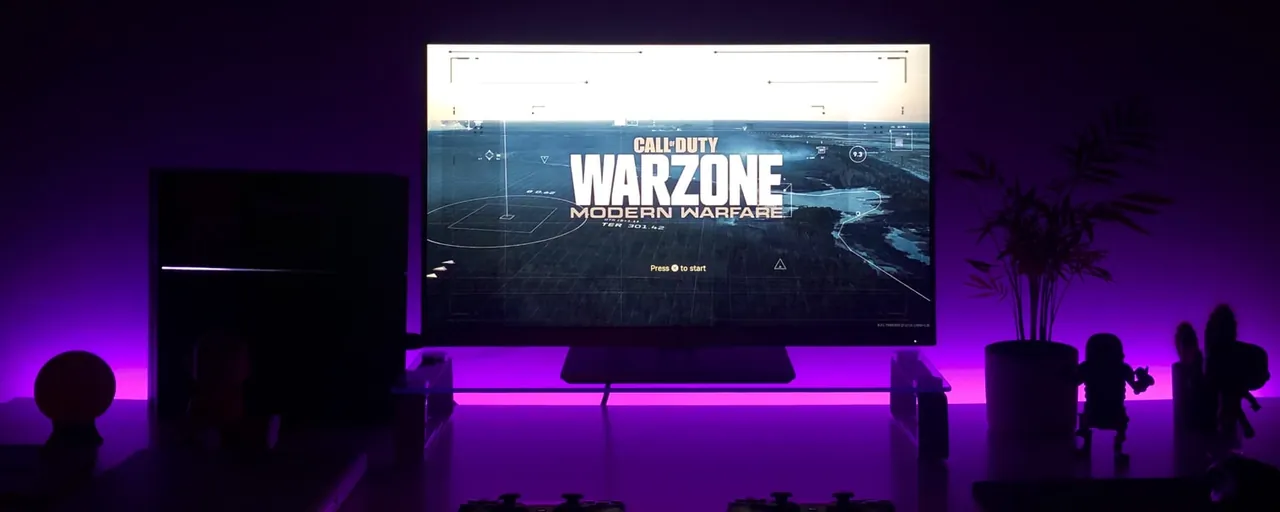OLED displays are excellent for video games due to their near-instant response times, deep blacks, vibrant colors, and support for high refresh rates, making them among the best display technologies for gaming.
For optimal gaming performance, displays with low response times (under 1ms for OLEDs) and high refresh rates (120Hz or higher) are recommended. OLED technology naturally excels in these areas while also providing superior contrast and HDR performance that enhances visual quality in modern games.
Most OLED TVs include a "Game Mode" setting that optimizes the display for the lowest possible input latency and response time while maintaining high refresh rates. Always enable this mode when gaming.
Your gaming device must support high refresh rates to take full advantage of these displays. The PS5 and Xbox Series X/S support up to 120Hz, while gaming PCs can drive even higher refresh rates (144Hz, 240Hz) depending on your graphics card. Many OLED displays also support variable refresh rate (VRR) technologies like HDMI 2.1 VRR, AMD FreeSync, or NVIDIA G-SYNC to eliminate screen tearing.
Note that OLED displays can be susceptible to burn-in if static images (like HUD elements) are displayed for extended periods, though this risk has been significantly reduced in newer models with built-in protection features.
Modern OLED displays typically feature refresh rates of 120 Hz or higher, with gaming-focused models reaching 240 Hz or more, making them excellent for smooth motion and responsive performance.
Refresh rate refers to how many times per second a display redraws the screen, measured in hertz (Hz). For example, a 120 Hz display refreshes 120 times per second. Most OLED displays in 2025 offer at least 120 Hz, which is sufficient for general use and casual gaming. High-end OLED gaming monitors can reach 240 Hz to 360 Hz, while many smartphones feature adaptive refresh rates that adjust between 1 Hz and 120 Hz (or higher) to balance smoothness and battery life. For comparison, older displays typically operated at 60 Hz, which is now considered the baseline standard.
OLED displays have an exceptionally low response time of approximately 0.1 ms or less, which is significantly faster than most LCD displays. This near-instantaneous pixel response makes OLED technology ideal for gaming, sports viewing, and any content with fast-moving scenes.
Response time measures how quickly a display's pixels can transition from one color to another. This is typically measured by calculating the time needed to switch between black and white, expressed in milliseconds (ms). Lower response times are better.
Displays with higher response times exhibit motion blur during fast-paced content such as sports broadcasts, action movies, and video games. For smooth motion, a response time of 5 ms or lower is recommended, though competitive gamers often prefer 1 ms or less. OLED displays easily surpass these standards with their sub-millisecond performance.
|
LED |
Good |
|---|---|
|
QLED |
Good |
|
OLED |
Excellent |
| Mini-LED | Very Good |
| MicroLED | Excellent |
Learn more about OLED TVs in my article: Ultimate Guide to OLED TVs.
Find OLED TVs on Amazon
LG C5 OLED TV (Best)
- This is an exceptional TV for any use, whether for movies, games, sports, or as a PC monitor.
- Fast refresh rates reduce motion blur and make animations smoother.
- This TV has wide viewing angles, perfect for many people watching TV together (like most OLED TVs).
- It has an extreme contrast ratio capable of producing pitch-black scenes without suffering from blooming.
- This TV offers improved brightness compared to previous generations, making it suitable for most room lighting conditions.
- This has the fastest response time for smooth fast-moving content, great for games or sports.
- The LG C5 OLED TV also supports very low input lag and variable refresh rate, both of which are also needed for gaming.
- It's superb for HDR content due to its extreme contrast ratio and wide color gamut.
- Check the latest price of the LG C5 OLED TV on Amazon
Sony BRAVIA 8 II TV
- This TV has superb picture quality with an extreme contrast ratio, perfect for your home theater room.
- The Sony BRAVIA 8 II TV has excellent color out of the box, so there's no need for color calibration.
- This TV offers improved brightness performance, making it suitable for various room lighting conditions.
- This TV has Google TV built-in, allowing you to watch from most of your streaming services quickly and smoothly.
- The Sony BRAVIA 8 II TV has very low input lag and quick response time, both of which are excellent for sports and gaming.
- Check the latest price of the Sony BRAVIA 8 II TV on Amazon
